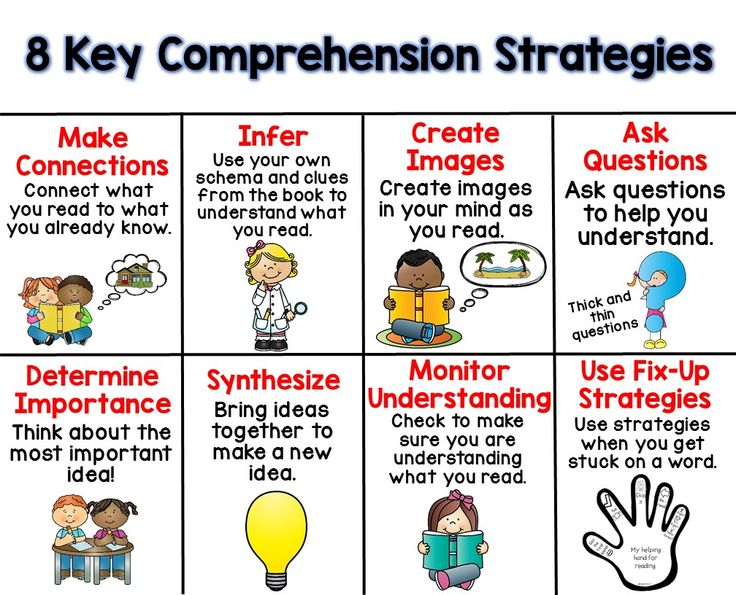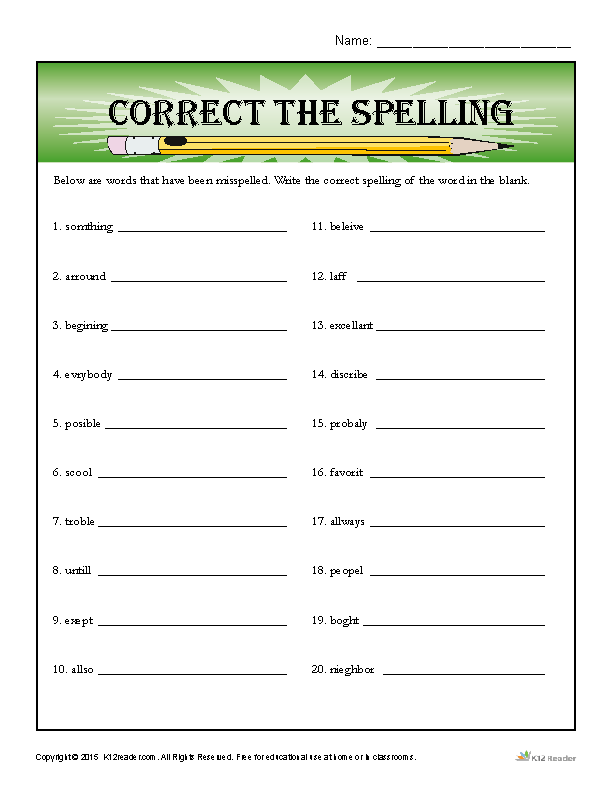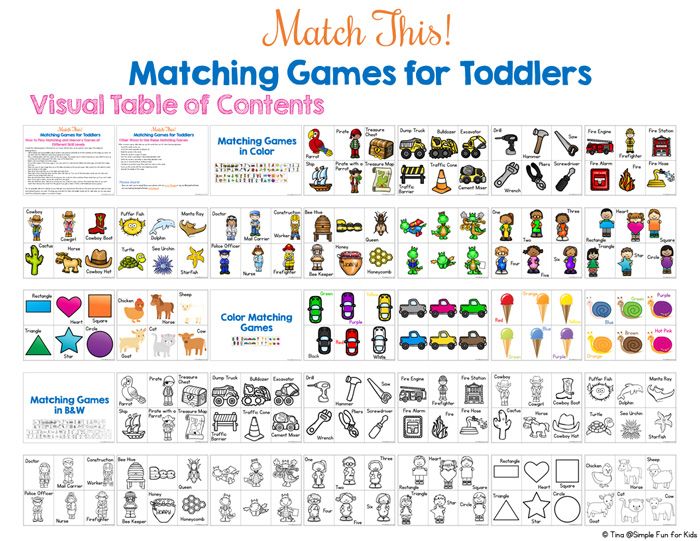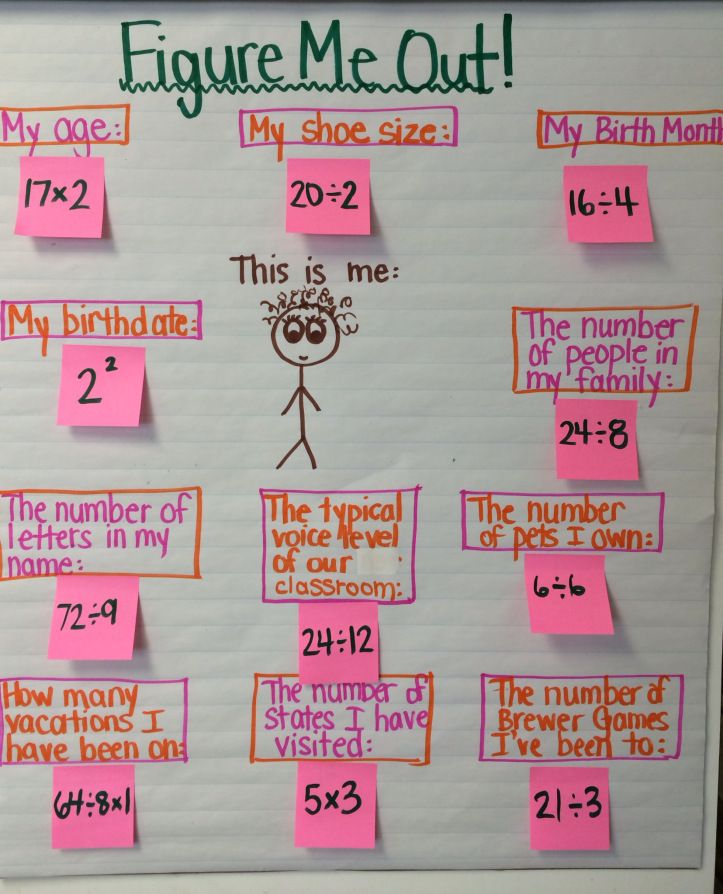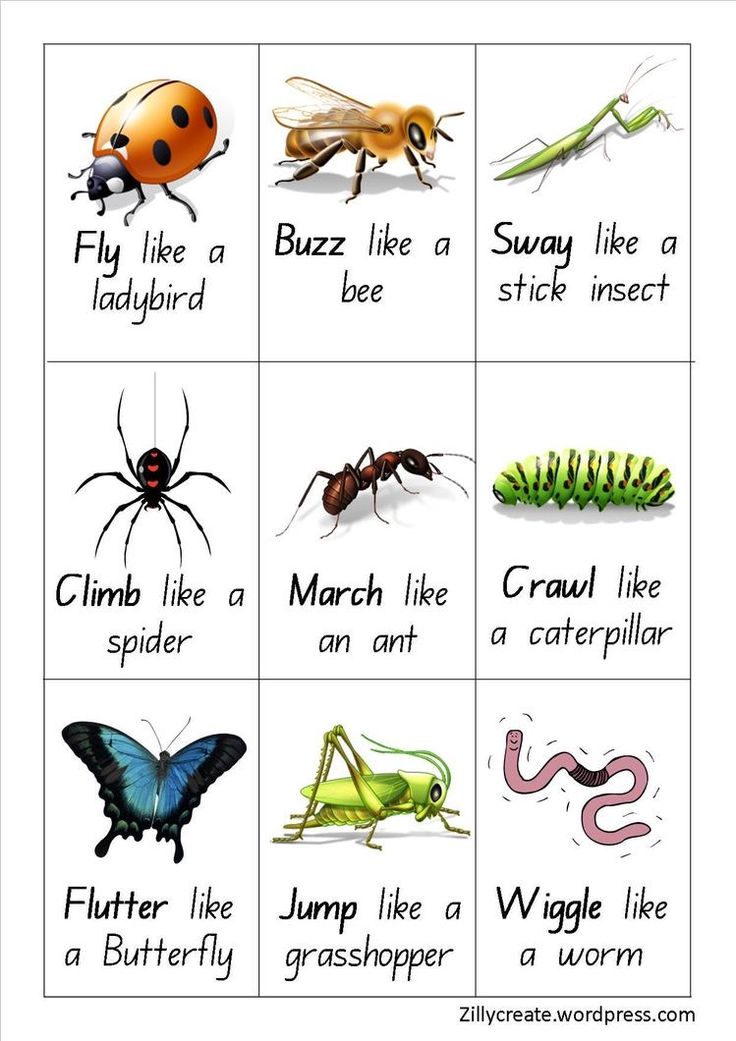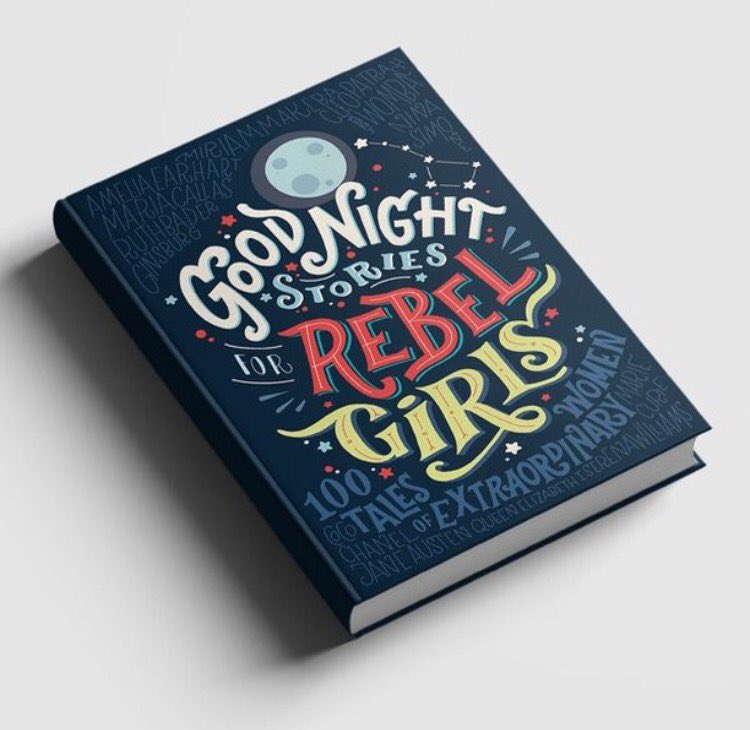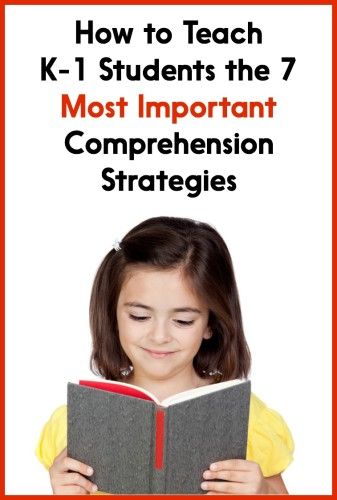Numbers learning for children
Learning Numbers, Activities for Young Kids
Learning numbers doesn't have to be done on worksheets. Not at all! We have a blast learning about numbers, recognizing them, counting, and one to one correspondence, in a hands on way!
Similar types of activities can be found in math activities as well as our counting activities.
For starters, check out the 40 number activities for preschoolers!
Looking for something? Search for activities:
CategoryActivities Fine Motor Gross Motor Move & Learn Learning Literacy & ABCs Math & 123s Science Sensory ThinkingArt Projects Big ArtCraftsHoliday & Seasonal Holidays 4th of July Christmas Easter Father’s Day Halloween Hanukkah Mother’s Day New Years St Patrick’s Day Thanksgiving Valentine’s Day Seasonal Autumn Spring Summer WinterParentingPopularSponsored BlogHer CampaignThe Activity RoomUncategorizedAgeAll AgesBabyGrade SchoolKindergartnersPreschoolersToddlersTopic30 Days to Hands on PlayABC MatABCsActivities for KidsActivity PlansAdditionAnimalsApplesAutumnBack to SchoolBalanceBallBalloonsBeat the HeatBirthdayBlocksBlogHerBlowingBooksBottlesBubble WrapBubblesbuildingBusy MomsBusy PlayButcher PaperButtonButtonsCardboard BoxCerealChalkChalkboardCheap ActivitiesChild DevelopmentChoresChristmas TreecinnamonClean UpClothespinsCoffee FiltersCollageColorscoloursconstruction paperContact PaperContributorCountingCraft Activities for KidsCraft RecipeCrafts for KidsCrawlingCrayonsCreative Articles from Hands on Moms!CuttingDeck of CardsDestructingDinosaursDirtDominoesDownloadDr.
SeussDrawingEarth DayEasy Activities for ToddlersEasy CraftsEasy Shamrock CraftsEating BattlesEgg cartonEggsElla’s Kitchen Baby FoodExperimenteye droppersfallFall LeafFamilyFarm AnimalsFeltFine Motor ActivitiesFine Motor SkillsFinger PaintFlowersFoamFortFort Magic KitFree Playfruit loopsGameGift GuidegiftsGiveawayglueGoogly EyesGreen ActivitiesGreen CraftGreen CraftshalloweenHandprintsheartHole PunchHoliday ActivitiesHow to Do ActivitiesHula HoopIceIn the PastIndoor ActivitiesInspirational, Unfamiliar Or Wacky HolidaysInternational DelightIt’s PlaytimeIt’s Playtime Hostsjelly beansjingle bellsJumpingKids Art ExchangeKitchenlanguageLeavesLetter SoundsLetterslisteningliteracyLowercase LettersMagazinesmagnetic tilesMagnetsmarblesMarkersMatchingMazesMe TimeMeasurementMember of the MonthMemoryMessy PlayMixing ColorsMom FeatureMom TipsMoms ActivitiesMoms Art ProjectsMoms CraftsMoms Parenting AdviceMoneyMonstersMudMusicMy FavoritesMy ProjectNameNatureNewspaperNumbersoatmealObstacle CourseOutdoorPaintingPaper PlatesPaper RollsPastaPatrioticPatternsPersonal Timephonicsping pong ballsPipe Cleaner ActivitiesPipe Cleaner CraftsPipe CleanersPlace ValuesPlay DoughPom Pomspool noddlesPretend PlayPrintablesPumpkinsPush PinspuzzlePuzzlesRainbow ActivitiesRainbow CraftsrainbowsRaising Kids is ToughReadingRecycleResourcesResponsibilityRibbonsRubberbandsSandSantaScavenger HuntsscoopingScrape PaintingSensorySensory ActivitiesSensory GamesSensory PlayShadowsShamrock CraftsShapesShaving Creamsidewalk chalkSight WordsSizeSnowSnowmanSortingSpellingSt.
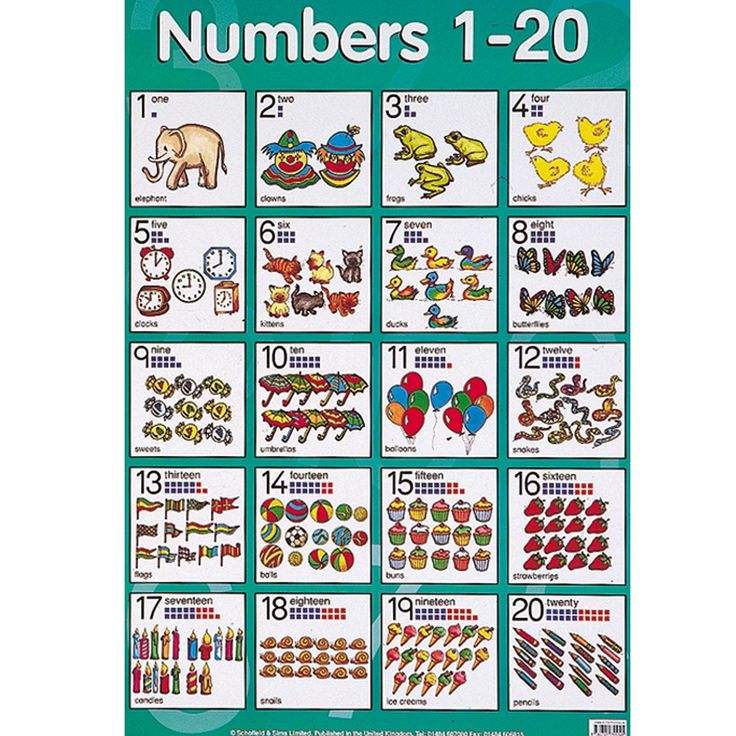 Patrick's DaySt. Patrick's Day ActivitiesSt. Patrick's Day CraftsstickersStrawsStuffed AnimalssummerSymmetryTapeTape ResistTargetsTeaching IndependenceTeam workTechnologyThemed ActivitiesThreadingThrowingTin CansTissue PapertoddlerToothpicksToysTracingTravelTravelingTreeTurkeysUpcycleVehiclesWater ActivitiesWeavingWeek of ActivitiesWeekly WrapupWindowWorking MomWrapping PaperWriting ActivitiesYarn
Patrick's DaySt. Patrick's Day ActivitiesSt. Patrick's Day CraftsstickersStrawsStuffed AnimalssummerSymmetryTapeTape ResistTargetsTeaching IndependenceTeam workTechnologyThemed ActivitiesThreadingThrowingTin CansTissue PapertoddlerToothpicksToysTracingTravelTravelingTreeTurkeysUpcycleVehiclesWater ActivitiesWeavingWeek of ActivitiesWeekly WrapupWindowWorking MomWrapping PaperWriting ActivitiesYarn
How To Teach Your Toddler Numbers (9 SIMPLE STRATEGIES)
3, 2, 1, Ready or not you’re about to learn how to teach your kids numbers!
Introducing numbers at an early age will set your kids up with a great start in math.
But recognizing numbers is hard for a toddler because some numbers look similar. For example, many children have trouble telling the difference between 6 & 9 and 1 & 7.
So how can you teach your toddler to recognize the differences between numbers 1-10?
Take a look at my 9 simple strategies to help you on your journey of teaching your child about the numbers!
Strategy #1.
 Play With Number Toys
Play With Number Toys
It’s a proven fact; kids learn best when they play! Hands-on learning is by far the best way for kids to learn their numbers because they can manipulate an object themselves.
But you can’t just count out loud to your toddler and expect them to recognize numbers. Playing with toys allows them to see, touch, and help them understand what each number means.
Here are some of the BEST learning toys I’ve come across to help you along your journey in teaching your toddler!
Most of these toys don’t say the numbers out loud, so your involvement in playing with these toys is crucial for them to learn!
A. Montessori Wood Block Puzzle Set
Check Amazon's Price
This toy is my personal favorite for older toddlers and preschoolers. It has numbers and rings to count for each number so that it can be used for several years!
B.
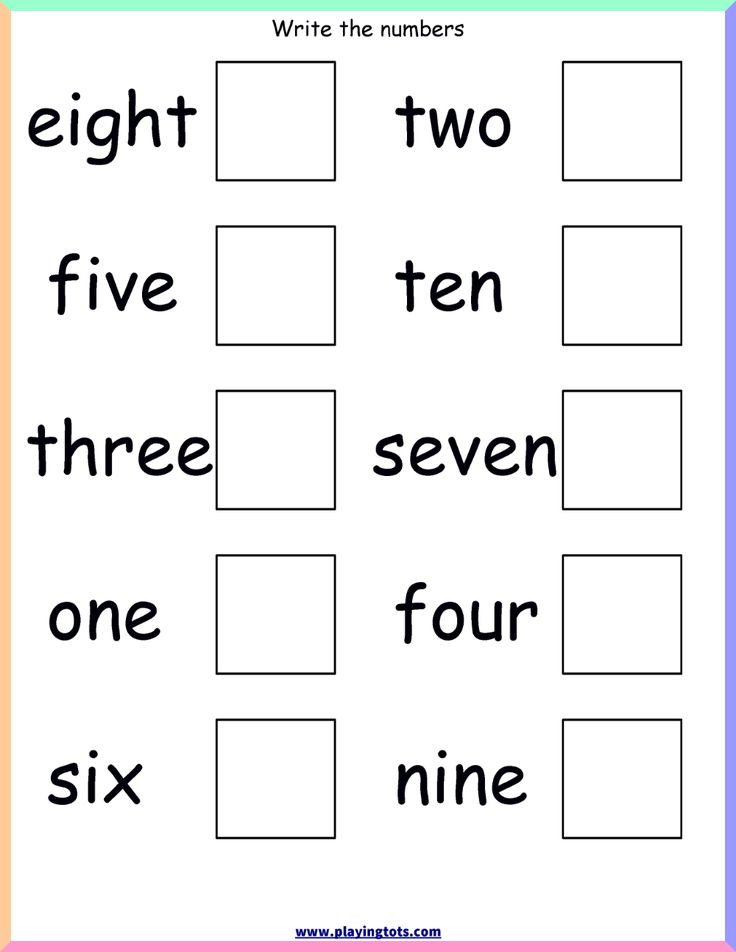 Melissa and Doug Number Puzzle
Melissa and Doug Number Puzzle
Check Amazon's Price
This is my son working on this puzzle! It is a little bit simpler, which is excellent for younger toddlers! Under each number, there are objects to count.
C. Bath letters and numbers
Check Amazon's Price
Bath time is a fabulous opportunity to review numbers! Toddlers love sticking the numbers on the bath walls. When children get older, you can spell sight words with these letters too!
D. Lego Duplo My First Number Train
Check Price
Does your toddler love building or playing with trains? Have fun working together to build this number train! This toy helps toddlers recognize numbers and count in order 1-9.
E. Sesame Street Playskool Cookie Monster’s On The Go Numbers
Check Amazon's Price
This is a great toy to take along with you if your going to a restaurant or going to someone else’s house.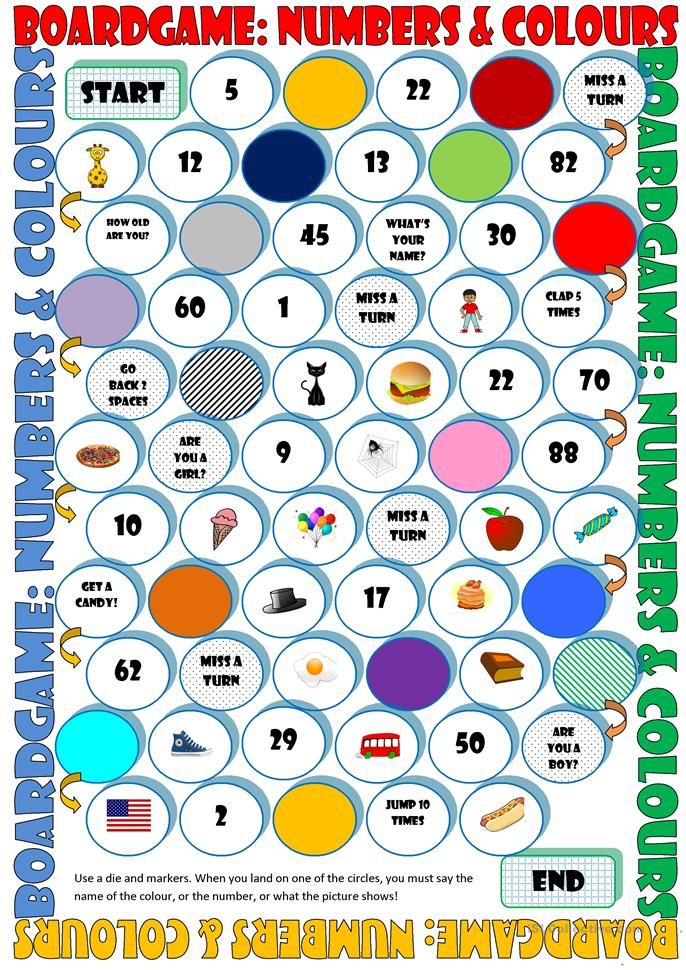 It is a number puzzle, and there are colored cookies(10) that you can count.
It is a number puzzle, and there are colored cookies(10) that you can count.
F. LeapFrog Learn and Groove Musical Mat
Check Amazon's Price
Since I’m a physical education teacher, I love getting my kids up and moving, so this toy is one of my favorites! This interactive learning mat asks children to do different locomotor movements to each number, animal or musical instrument.
Need activities to go along with some of the number toys you have?
Take a look at my 23 SIMPLE NUMBER RECOGNITION ACTIVITIES article to find exciting activities to do with your kids to help them learn numbers.
Strategy #2. Count Every Day
Counting out loud daily is imperative because it’s a different skill than just learning to recognize what a number looks like.
2-year-olds will start by recognizing the numbers, and then they will gradually begin to understand what each number means.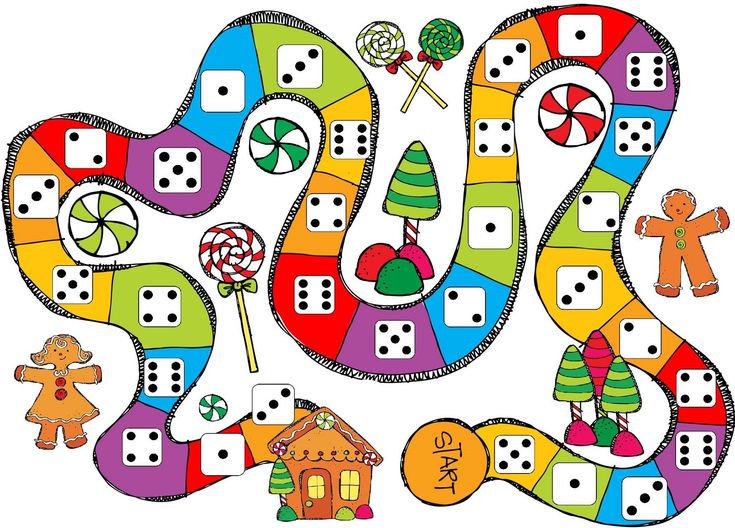
When toddlers can count how many objects are given to them, they understand what that number means. For example, if you give your child 4 cheerios, they can count to 4, and they recognize the number 4 when they see it, they understand what the number 4 means.
The great thing about this strategy is that you can count anything that you have laying around the house!
Does your child like cars? Set up a race track and count how many cars are in the race!
Do they like coloring? Get out their favorite coloring book and count how many markers or crayons they are using.
Does your 2-year-old like to play dress-up? Separate the clothes and the accessories into piles and count how many of each thing they have to choose from!
The possibilities are endless!
Strategy #3. Read Number Books
There are so many fantastic books to help teach toddlers numbers. I have listed a few books below that we own that look specifically at numbers 1-10. Each of these books engages children differently.
I have listed a few books below that we own that look specifically at numbers 1-10. Each of these books engages children differently.
Even if your toddler doesn’t like to sit and read stories, these books will entertain them because they are interactive.
While you are reading, point out each number to your child, count with them, and talk about the pictures. Make sure to ask your toddler questions to check for understanding (I have some examples on how to do this in the next section!)
A. Simple First Words Let’s Say Our Numbers
Your child can learn their numbers and how to count quickly by adding this book to your collection! They can learn how to match by looking at a picture and pressing the same number that’s on the page.
B. Ten Little Ladybugs
This book is one of my children’s favorite books! Both kiddos loved counting the ladybugs on each page!
C.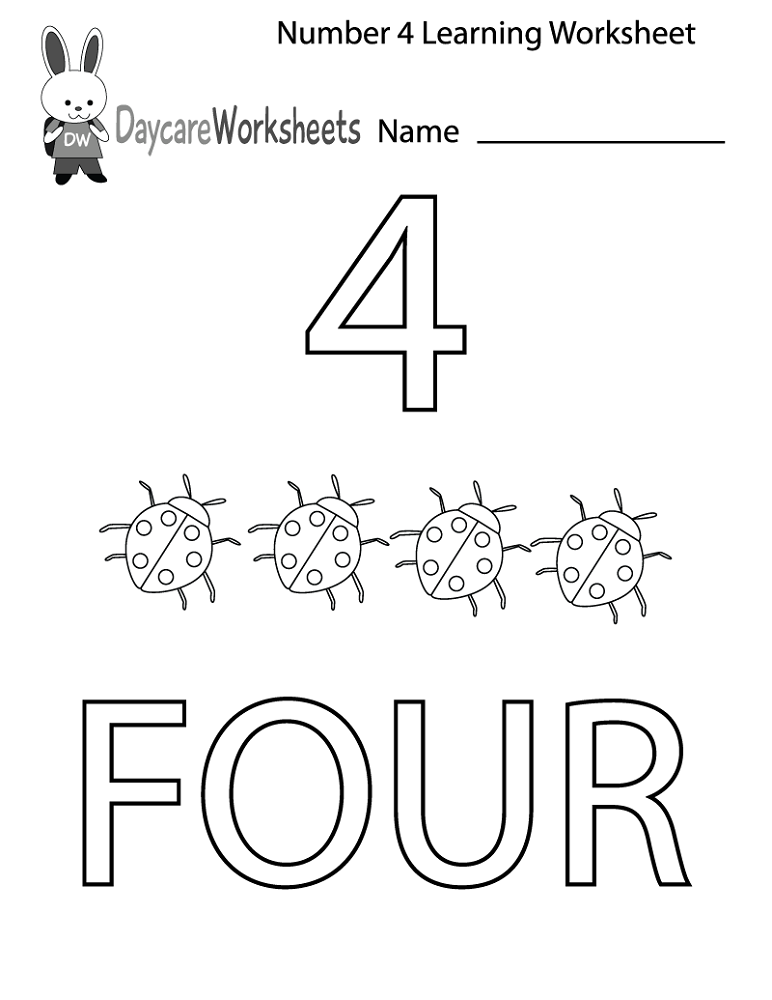 Baby Touch and Feel Numbers
Baby Touch and Feel Numbers
2-year-olds LOVE to play with sensory toys. This book has a touch and feel feature that toddlers will enjoy! It helps with number identification and counting!
D. Goodnight Numbers
Do you remember Winnie from The Wonder Years? Danica McKellar is the author of Goodnight Numbers.
This book focuses on how numbers and counting can be a part of everyday life!
Strategy #4. Check For Understanding
You will never know how much your toddler is taking in until you start asking them questions.
I think you’ll be surprised. I stated earlier that toddlers are like little sponges. They are listening to everything your saying.
Checking for understanding will open your eyes to see what your toddler has learned from you. Take a look at this video below to see an example of one way I check for understanding for number recognition.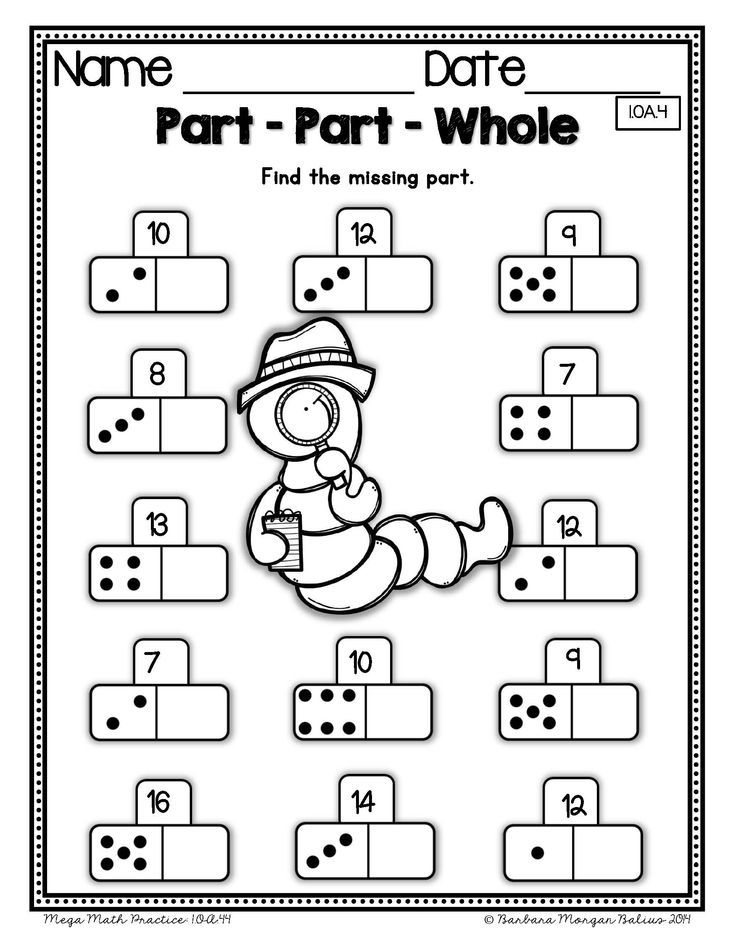
*The toy featured above is a Crayola My First TouchPad. It is an excellent way to check for understanding because you can mix the numbers up to see if they are grasping the information.*
One thing you may have noticed by watching the video is that I do my check quickly. My son is 18 months old, and as you can imagine, his attention span is not very long. You see at the end of the video; he is checked out. 🙂
When toddlers start not to be interested in your questions anymore, don’t push it. Try again later.
Wondering when you should start checking for understanding?
Here’s an example of when I knew it was time to start asking questions.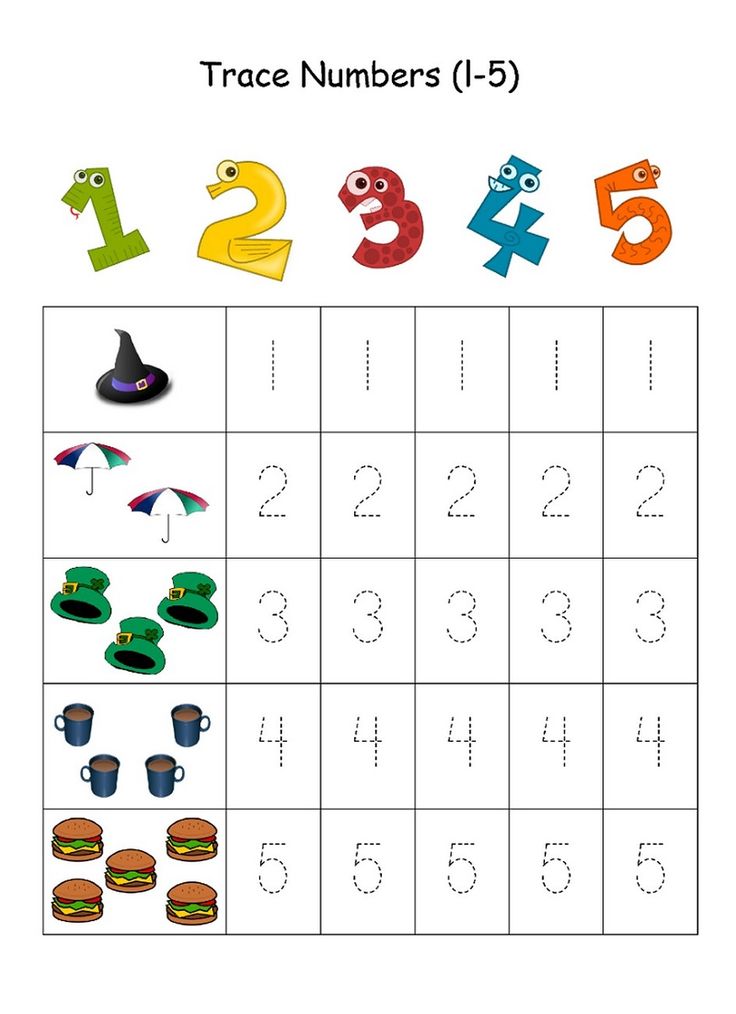
My son LOVES puzzles. Once he was attempting to put the pieces of the puzzles into a spot, I started telling him what each number was when he picked them up. I would guide him on where each number should go.
Eventually, he started putting the numbers in the correct spot on his own. Once he was able to do that, I began to check for understanding, “Where is the 2?” or “Show me the 5.”
You can start checking for understanding at any time. It’s never too early to start asking your toddler questions.
Another thing to note when checking for understanding is to use different toys or objects. You don’t want your toddler to memorize one toy because they may just be going off memory instead of knowing the numbers.
Strategy #5. Get Active
Does your toddler like to relax and sit around all day? NO. I’ve NEVER heard any parent say that.
Toddlers are busy, and they want to move around and explore this fantastic world!
I am a physical education teacher, and I’m very passionate about my children staying active. I enjoy incorporating some learning activities while we are playing games.
I enjoy incorporating some learning activities while we are playing games.
Here are some examples of how you can keep your kids active and learning at the same time!
- Have your toddler dribble the basketball as many times as they can while you count, try to have them beat their score by doing this several times in a row. By doing this activity, your 2-year-old will be working on the gross motor skill of dribbling.
- Blow up a balloon and have your toddler try to keep it up in the air by batting or kicking it. Count how many times they can do so before it hits the floor. This activity is great for eye-hand coordination and gross motor skills.
- Practice locomotor skills by writing the numbers 1-10 with sidewalk chalk outside and ask the child to jump, skip, leap, hop, gallop, run, or side slide to a specific number.
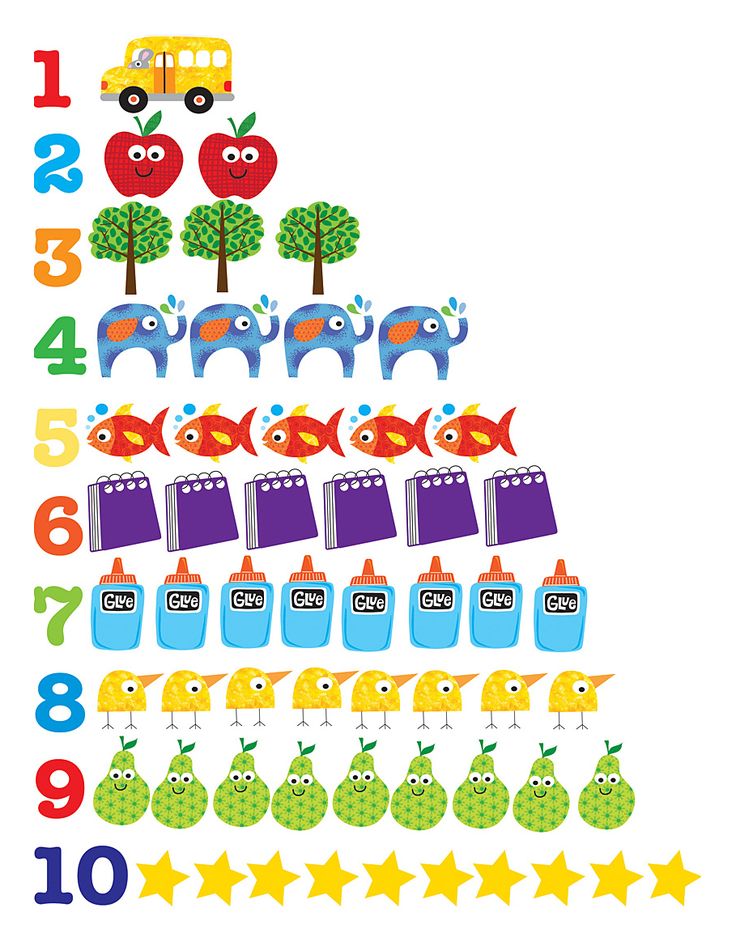
Want to see how this is done? Check out this video of my daughter, who is in preschool doing this activity!
There are so many benefits that your children will get from being physically active. By completing some of these activities, they will increase their physical health, learn physical skills, and be learning their numbers at the same time!
Strategy #6. Make learning numbers fun!
Who remembers that teacher from high school that talked straight from their notes without any questions or fun activities?
I sure do!! Think about that when you are teaching your toddlers.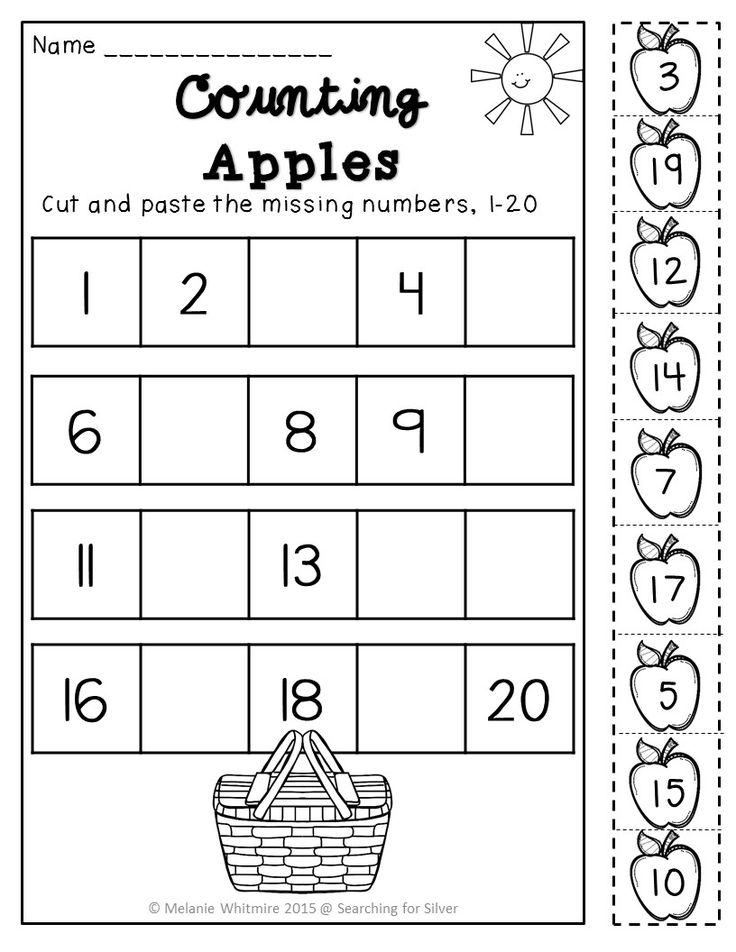 They will get bored just like you did; a variety of learning games will keep them eager to learn.
They will get bored just like you did; a variety of learning games will keep them eager to learn.
Toddlers will be excited to create something new and spend time with you as well. It’s a win, win! Below are some examples of crafts that we have done that were successful
A. POM POMS!
We sorted these pom poms by color and counted how many of each that we had. Pom Poms are so great for counting, sorting, learning colors, and creating art projects!
B. Get their hands dirty!
My daughter and son both made aquariums with Crayola Kids Paint and Do-A-Dot Painters and markers! We counted how many tentacles the octopus and jellyfish have and how many fish and turtles there were in their creations!
C. Do-A-Dot Markers
This painting project was a little less messy. Q-tips, do-a-dot painting, and cotton ball painting are much cleaner ways to do a project.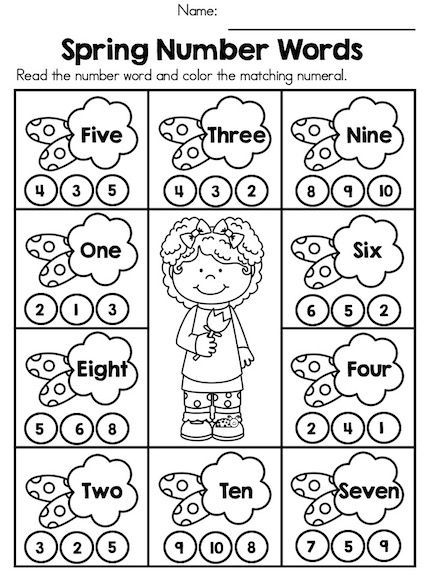
My son has a blast working with this dot-a-dot number painting activity. I had to help him quite a bit, but it kept his interest for an extended period of time!
7. Listen To Number Songs
Let’s face it; kids love watching videos.
Youtube can be such an excellent resource for learning videos and songs.
In my opinion, it’s BEST to use in moderation and provides the child with another way of learning. Most children are entertained by watching videos, and it could help them recognize numbers with catchy lyrics, animations, and sounds.
We are BIG Disney fans. This video has been a hit with my toddler and even my preschooler!
Other Youtube learning resources: Bob the Train, Super Simple Songs, and Little Baby Bum
DO NOT rely on videos being the only source that the child gets for learning anything.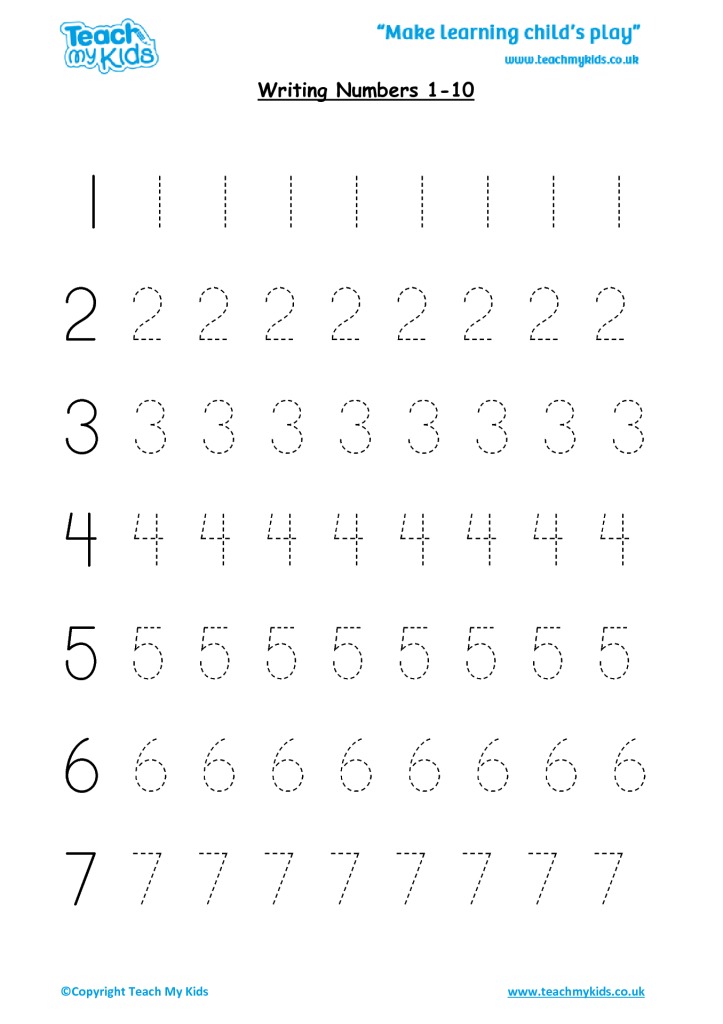
These videos are great to put on if you have to clean up after lunch, or you have to put the groceries away. It keeps engaged and learning, while you have some time to get done what you need to!
My recommendation is to have the child watch no more than 20 minutes once a day.
Strategy #8. Sing songs
Not a huge fan of screen time?
I get it. You don’t have to rely on videos to help teach toddlers; you can sing the songs yourself! Here are some examples of songs that you can sing to work on counting.
- Ten in the Bed Nursery Rhyme
Put up all ten of your fingers or have your toddler put up their fingers. Start to sing “there were 10 in the bed, and the little one said roll over, rollover, and they all rolled over, and one fell out”(put one finger down). You could continue until you had no fingers left!
- 5 Little Ducks
This is a perfect song to sing at bath time! When your toddler is taking a bath, bring out some rubber ducks if you have them.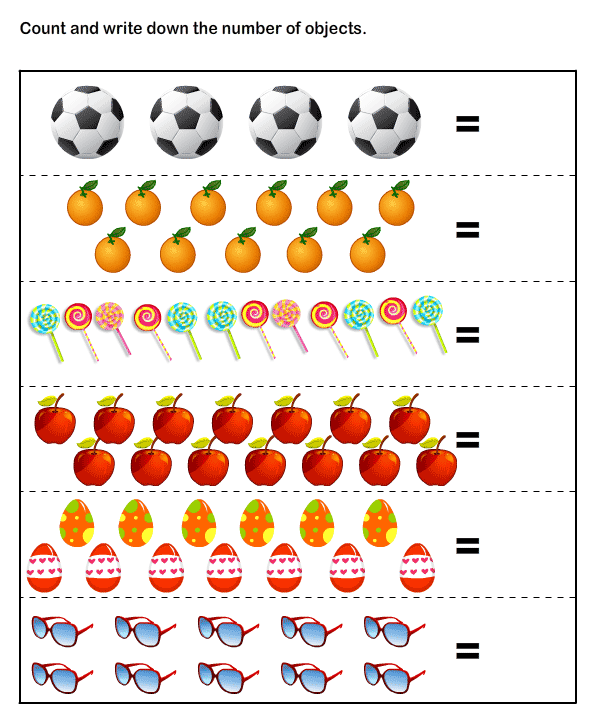 Sing the lyrics to this song and take away a duck throughout the song and bring them all back in the tub at the end!
Sing the lyrics to this song and take away a duck throughout the song and bring them all back in the tub at the end!
- 5 Little Monkeys
The beautiful thing about this nursery rhyme is you can get creative with it. You don’t have to use the word monkeys; you can change it to whatever you want! We don’t have 5 toy monkeys; if you do, great use them! If you don’t, you can use dolls, trains, stuffed animals, etc. Your toddler will LOVE listening to you sing this song and watching their favorite toys fall off the bed.
I was planning on making a video example for this myself, but my daughter did this out of the blue, and it was too perfect!!
Strategy #9.
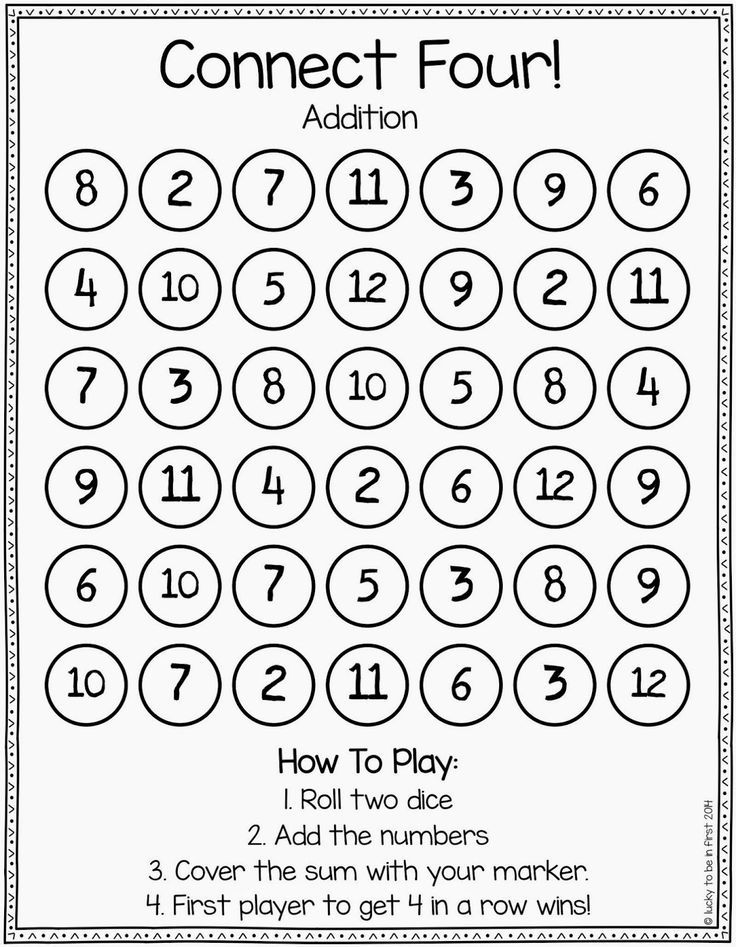 Be Patient
Be Patient
Not every child learns at the same rate.
You may have one child who learned their numbers by 18 months, and the other child isn’t interested in learning quite yet, and they are 24 months. THAT IS OKAY!
The important thing is that you keep repeating the information to them. Don’t give up on them!
If you keep counting to them and explain what each number is when they see it, they will catch on. Be patient and stay confident in your child!
Final Thoughts and Conclusion
Teaching your toddler about numbers is a fun but challenging adventure!
It’s important to start slow, play with number toys they can manipulate and repeat numbers daily. Try to mix up the activities that you do with them to keep them engaged and excited to learn!
I would love to help in your journey teaching your toddler numbers (1-10). Whether you need some creative ideas or you need more helpful suggestions, please leave a comment below.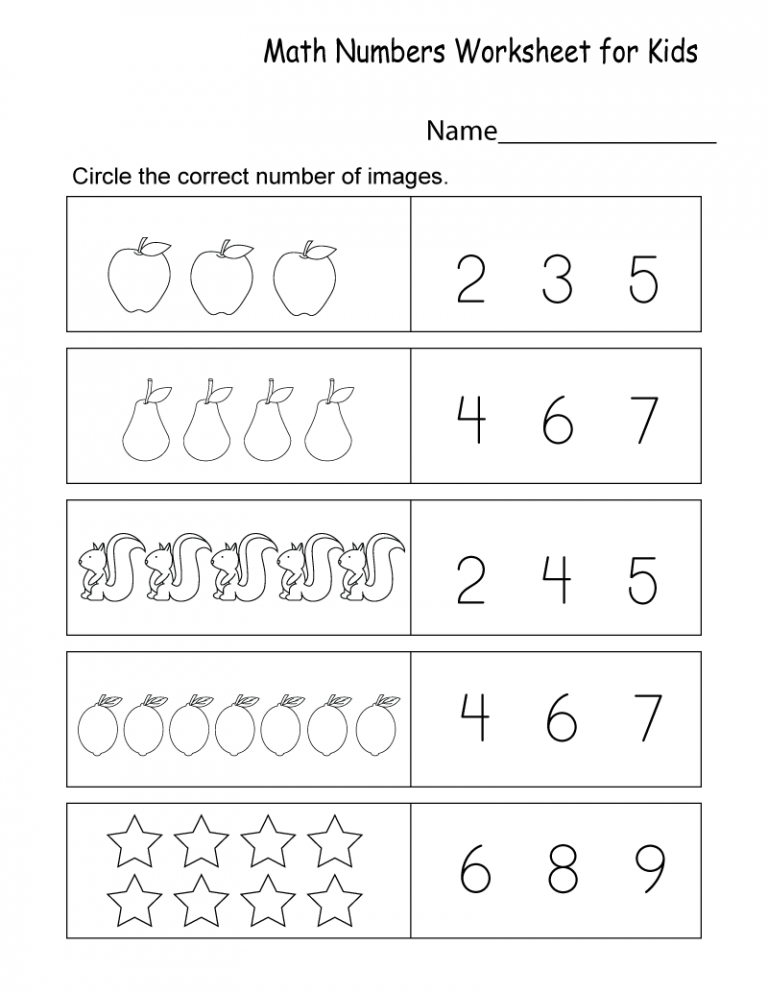
If you have any great ideas that you would like to share as well on what helped you teach numbers to a toddler, please share them with us!
How to teach a child numbers: learning to count
How to teach a child numbers: recognize them, correlate them with the number of objects? After all, in ordinary life you often have to divide sweets or a whole pie equally into parts, add and subtract - knowledge of numbers and counting skills will not interfere here (so as not to deprive yourself, your loved one). Numbers are the world of adults, children understand better when everything is visual and preferably tasty :)) Learning to count - while playing!
www.neboleem.net
Remembering numbers should be conscious, not mechanical. The composition of the number and counting within the first ten is the basis of the basics. Therefore, dear parents, we turn on the imagination and come up with fun games and simple educational aids for mental counting.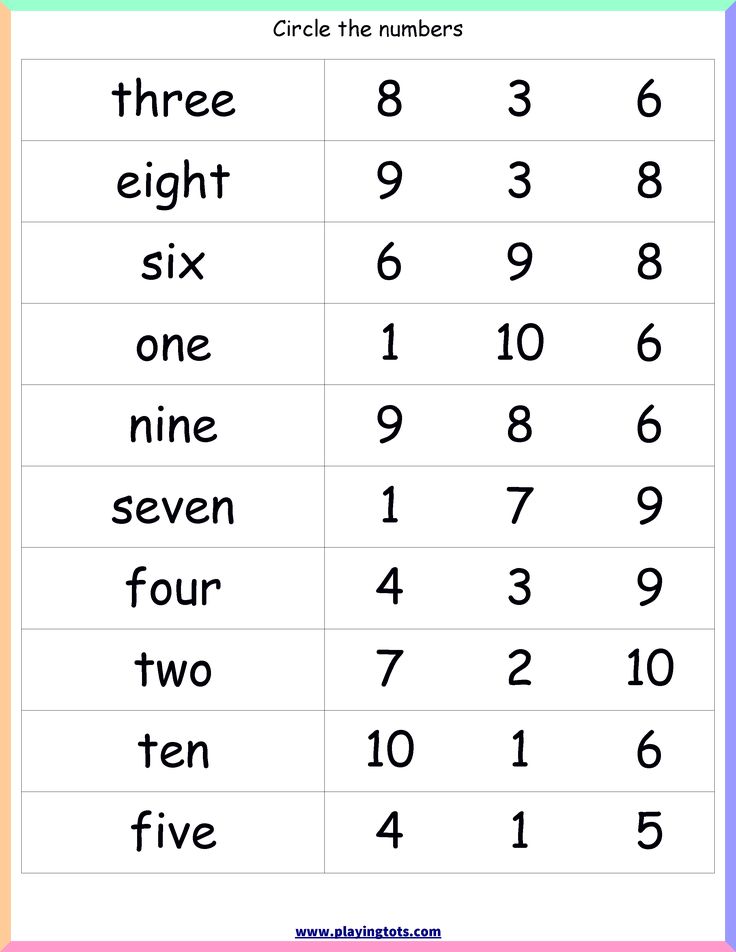
So, the first thing a baby should master is the recognition of numbers. To teach a child numbers, use sight, hearing, touch, preferably all at once - this is more effective.
Numbers live in our house: how to teach a child to count
How to make friends with numbers? You need to get to know them. Try to study 1-3 numbers every week. Come up with all kinds of tasks so that the child learns to recognize them, correlate them with the number of objects, write.
www.babyblog.ru
Numbers are everywhere! Make cards with the image of numbers and hang them around the house at the level of the child's eyes.
kapitoshi.ru
Whenever possible, focus on them, ask them to bring as much as it says on the card, give, take, eat, count, and so on. The kid must learn to correlate the visual image of a number with its quantitative value.
Number cards can be sewn from felt. It will be possible not to be afraid that the baby will tear or crush the cardboard pictures.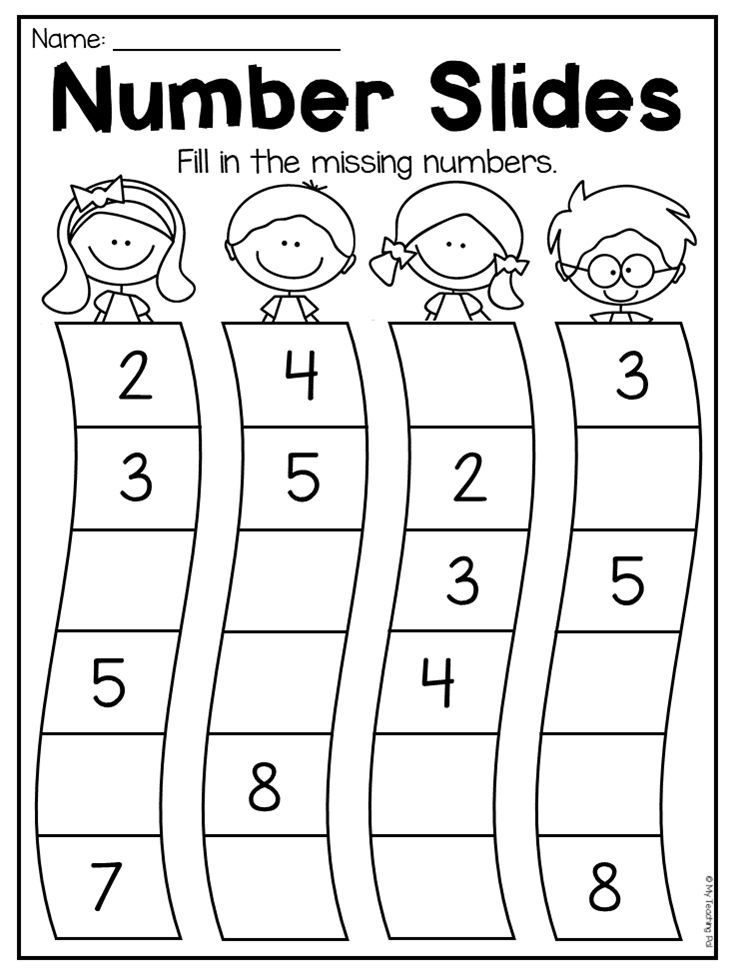
And here is an example of a loto, when you can not only learn to count, but also memorize colors.
While mom is in the kitchen, the baby can play with cereals, and at the same time get to know the numbers better.
Collect beautiful leaves while walking and make cards with your child. Memorize the names of trees - and learn to count!
Natural materials will be great helpers in learning to count.
How to teach a child to numbers at 4 years old
Children from three to five can already recognize numbers and master sequential counting. The main thing is not to miss the moment and use the child's interest in mathematics.
deti-online.com
Make cards with funny numbers and ask your child to put them on the table in the correct order.
Clothespin games are fun. Attach a number plate to each clothespin and let your child learn to match the number with the number of dots.
If you want to raise a genius, learn English along with Russian.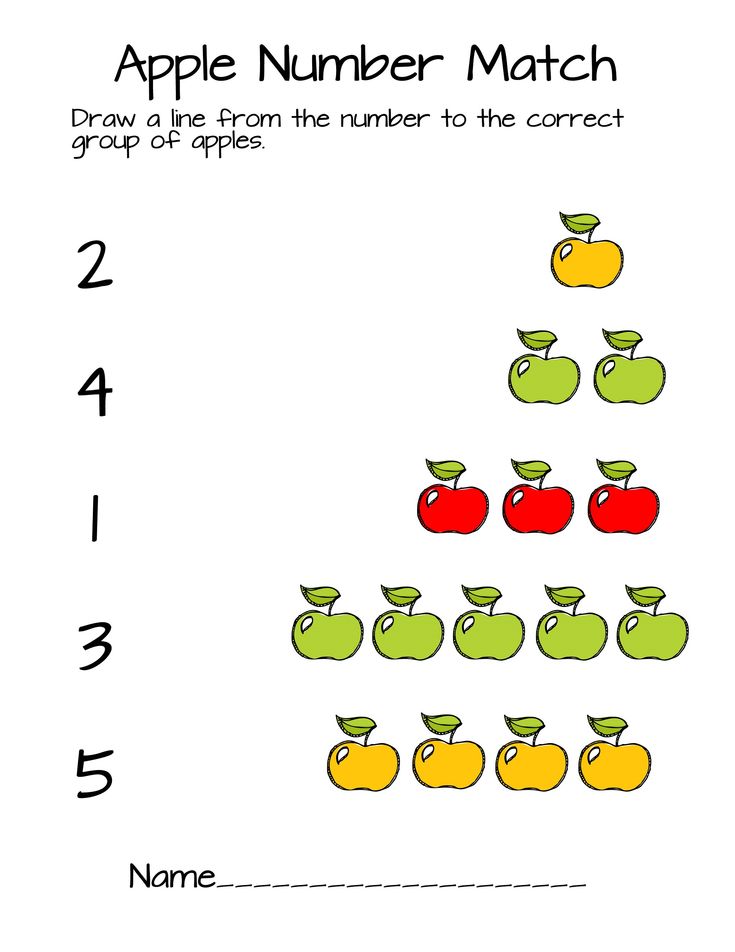 All tasks can be performed by analogy.
All tasks can be performed by analogy.
It is not necessary to chase after purchased games, you can do many things with your own hands - this will not make them less useful and developing.
Your little one will surely enjoy gluing buttons on plasticine or counting apples on a tree using a special ruler and window.
There are many methods by which you can teach a child to memorize numbers and count. And it is not at all necessary to rely on experienced teachers and expensive developmental aids. Every mother at home can make sure that the baby makes friends with the numbers in the game, with the help of simple materials that are always at hand and that you can make yourself.
Do not forget about various short poems, coloring books. Do not miss the chance to repeat what you have done on a walk, in a store, on a bus, etc., where there is always something to count, compare, share equally.
www.babyblog.ru
Use numbers in creativity: while drawing, modeling, cutting, playing with the constructor, etc.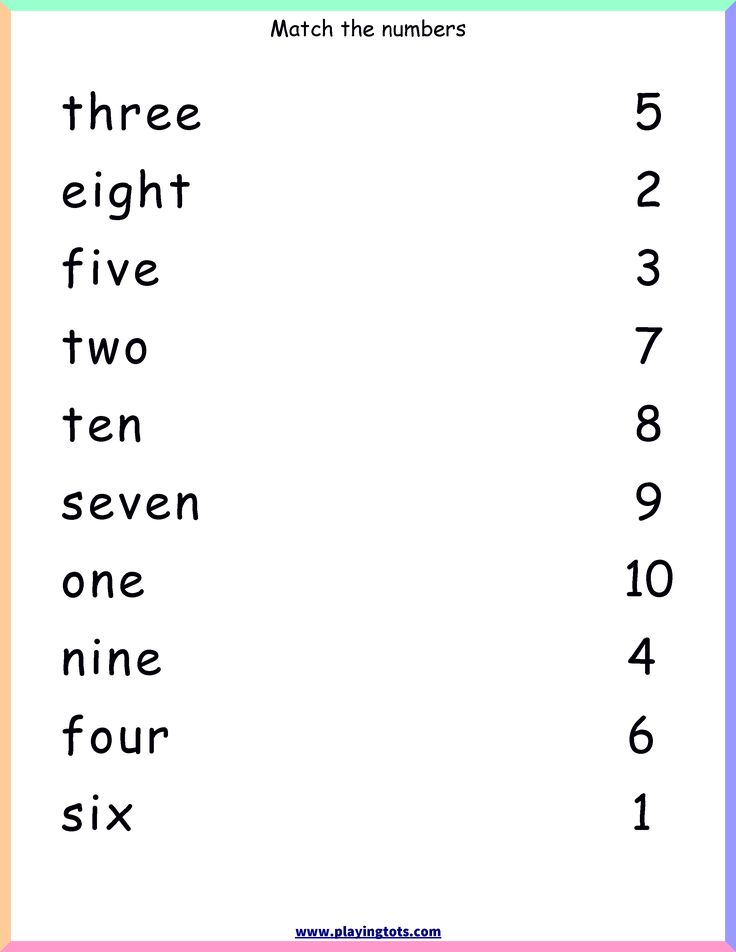
the age of the child. With your favorite characters, learning math is fun and interesting!
Dear readers! Share tips on how to teach your child numbers, teach counting, how to make friends with the world of mathematics from an early age.
How to teach a child the numbers in 3
Content of the article
- Best age
- Rules for the organization of the lesson
- Stages of the learning process
- Task Variety with didactic materials
- Use of different forms of work with didactic materials
- 0102
Active development of a child should take place from the early years of life, therefore, at the age of 3, it is worth starting to learn numbers, using various games, manuals, and didactic materials for this purpose. Depending on the abilities of a particular baby, you can master counting up to 10 or even up to 100, the main thing is that everything is clear to the baby and he enjoys the lessons.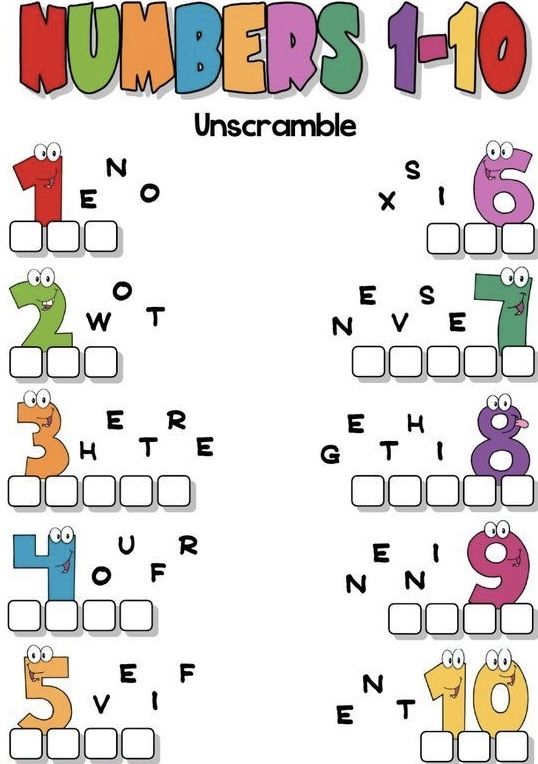
The best age
There is a famous phrase “after three it's too late”. Indeed, scientists have proven that babies at 2.5-3 years old have a unique ability to memorize, which weakens with age. Therefore, three-year-olds are quite capable of making their first trip into the world of mathematics and learning numbers, this will help their development and will be an excellent method of preparing for school. In addition, working with didactic materials, such as Kuizener sticks, improves fine motor skills, which, in turn, has a beneficial effect on speech.
That's why the first lessons in arithmetic can be taught as early as 3 years old. However, if the baby is not yet ready for this, it is worth giving him time, postponing the start of lessons until 4-5 years old.
Rules for the organization of the lesson
To ensure that acquaintance with numbers does not turn into “catharsis” for the child, the following principles of work should be used.
- Learning by playing. Regular guests in the classroom should be toys, dolls, fictional fairy-tale characters.
- Praise is the best motivation, and scolding a baby is not worth it. It is important for parents to remember that the child does not understand why adults are unhappy with him, because he really tried. This attitude can permanently kill his desire for learning. Therefore, strictness should be forgotten.
- Classes should be conducted continuously, so you can put large bright cards with numbers, number series on the wall in the baby's room. The main thing is that the pictures should contain not only the number itself, but also the amount indicated by it. For example, a deuce and two oranges.
- Combine different activities. So, modeling figure-figures from dough or plasticine not only helps their assimilation, but also contributes to the development of fine motor skills.
- You should not overload the baby with new knowledge, for one day of acquaintance with one new number is enough.
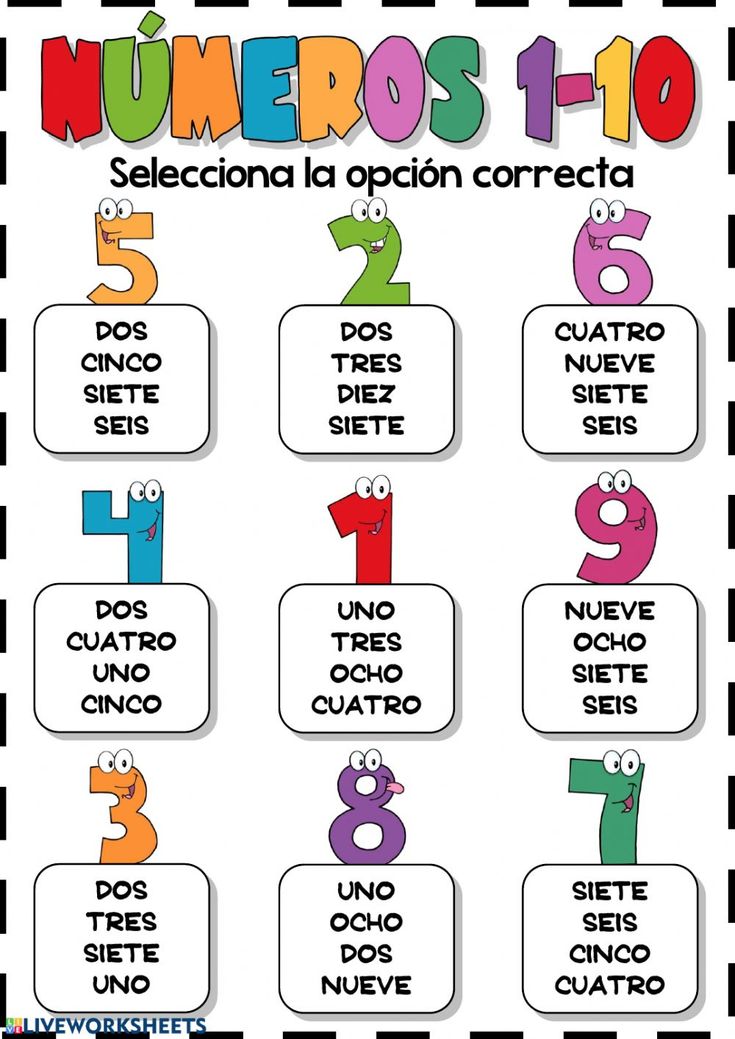 When he has learned to clearly imagine that 1 is one subject, and 7 is seven, you can start learning to count.
When he has learned to clearly imagine that 1 is one subject, and 7 is seven, you can start learning to count.
Compliance with these simple rules will help parents not only pass on useful knowledge to their little ones, but also enjoy the lesson itself and communication.
Stages of the learning process
It is not easy to teach a child numbers, this matter should be approached carefully and seriously - so arrange the work in such a way as to follow the logic “from simple to complex”.
There are several stages of work.
- Acquaintance. The parent prepares the material in advance: a card, which shows, for example, one or two, selects the required number of identical items. After that, he explains that “today we are getting acquainted with the number “One”, it denotes one object. Here, look, there's only one bear." How many bears do you see?
- Memorization. Offer the child various tasks that will help him remember what the unit looks like and what it means.
 Let's help him a little. Tasks should be of two types: first, those that help to correlate the number with a specific amount, and then those aimed at remembering the appearance of the number.
Let's help him a little. Tasks should be of two types: first, those that help to correlate the number with a specific amount, and then those aimed at remembering the appearance of the number. - Fastening. The next "portion" of tasks that the baby must already complete completely independently.
- New material.
It is necessary to emphasize the connection with the past, show one bear and ask how many bears the child sees, then put the second one up, say that there are now two bears. You should not overload the child, acquaintance with each subsequent figure should be carried out only when the previous one is well learned. If parents do not have the opportunity to buy the same toys, cards, sweets, fruits, vegetables will come to the rescue. When deciding where to start, the exercises must be selected in such a way that each of them is accessible to the baby.
Activities with didactic materials
Thanks to their variety, games with specially designed sets, such as Cuisener sticks, are suitable for children from 3 to 5 years old.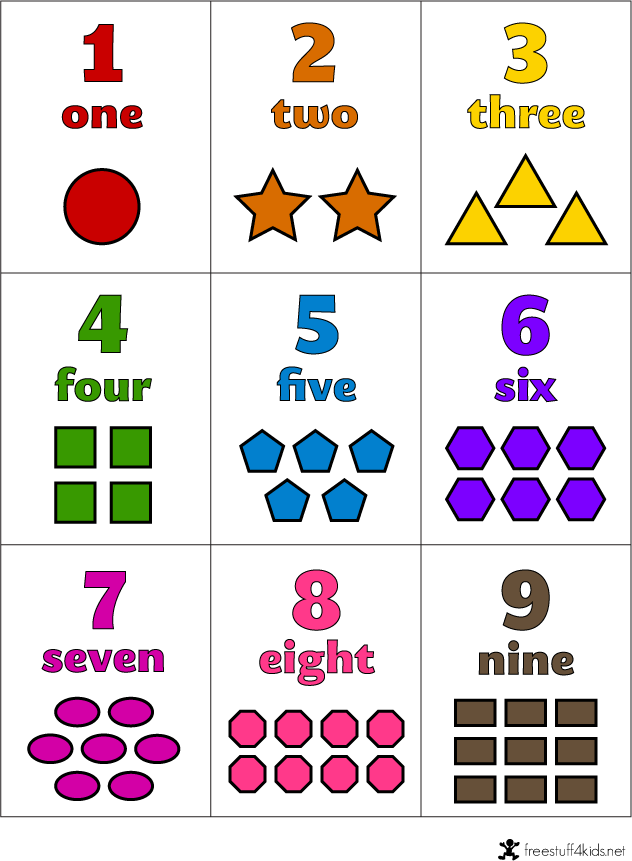 You can choose those options that best correspond to the level of development of the crumbs.
You can choose those options that best correspond to the level of development of the crumbs.
Tasks for the following templates are suitable for kids.
- Find three yellow sticks.
- How many sticks do I show?
- Find two blue sticks and four yellow sticks. What more?
- Parent lays out a square of sticks and then asks how many sticks did I use to create the figure? The opposite task is also possible: fold the figure using only 5 (or any other number) sticks.
Doman's card technique has proven itself well, which helps to remember the appearance of a number and its meaning. The tasks are also simple.
- Mom shows a card, the child's task is to understand what number is shown on it and find its pair - another card on which the required number of objects is drawn.
- Then vice versa - the mother chooses a card, for example, with two bears, the child must find a pair for her - "2".
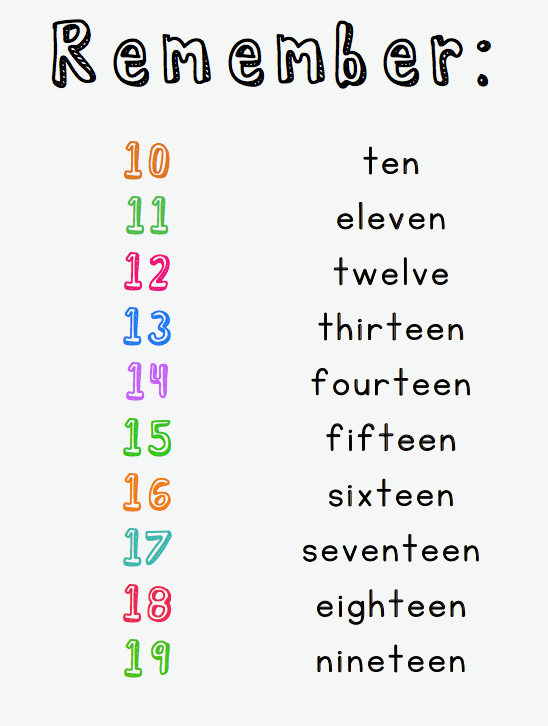
- Mom shows a card with three hares and asks the child to find the number of objects in the apartment that is shown in the picture. The preschooler can bring her three apples.
Expert opinion
Tanya Okhrimenko, educational psychologist: It's great to learn numbers with a child in a game. And you can do it not only at home. For example, going up the stairs and counting the steps. The main thing is that if the child does not remember them, do not worry, let a little time pass and everything will be fine with him. For example, what a child remembers for weeks at 3 years old, at 5 he will be able to remember in a matter of minutes if he wakes up with “cognitive interest”.
You can buy these cards or make your own.
For preschoolers who are well versed with the first ten, you can also use Zaitsev's number tape, which is a series of numbers from 1 to 99. You can place it on the wall so that the manual is always in front of your eyes.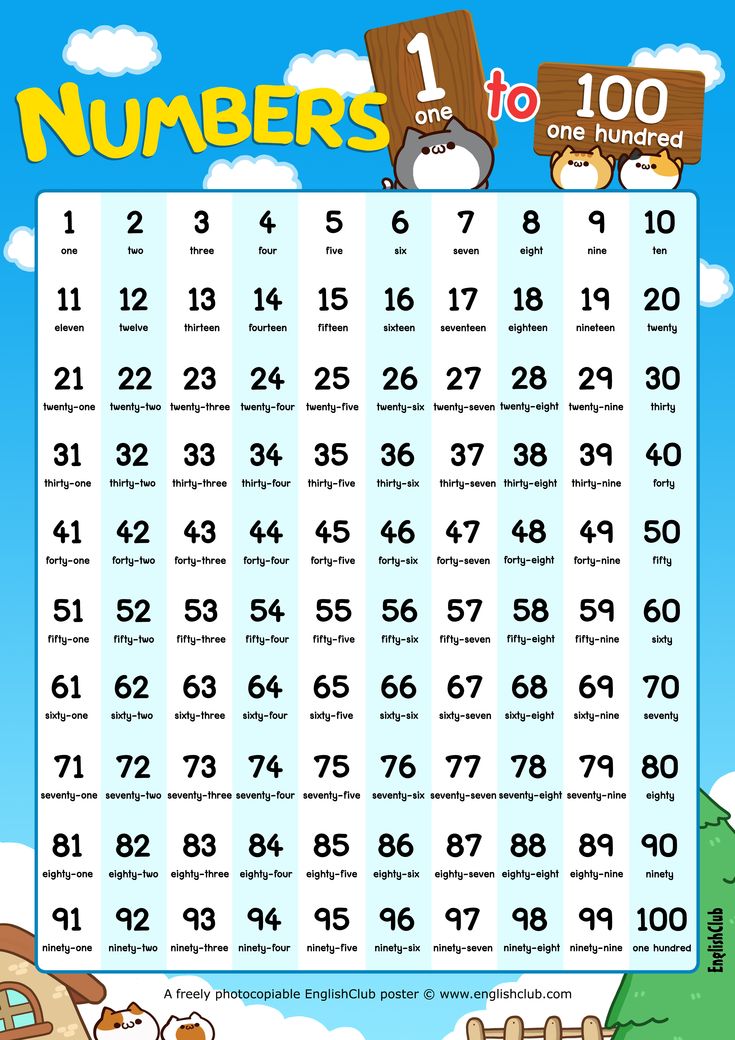 Tasks may vary.
Tasks may vary.
- An adult describes a number: two tens, three ones. The task of the child is to understand that we are talking about 23, and show the number on the tape.
- Whose number is greater. Mother and child each take one card with numbers written on it. The child must understand whose number is more important, and then find both on the tape.
- Find the age of each family member on Zaitsev's tape.
All this will help preschoolers form the correct idea of numbers.
A variety of exercises
There are a large number of exercises, the implementation of which will help a 3-year-old child to get acquainted with numbers, remember how they look and what the number means. Some of them can be used at the age of 4 years. You need to start with what the child knows well.
- Sample. The mother puts a dish in front of the child on which fruit or sweets lie, and asks him to type, for example, three pieces (for example, “give mother three sweets”).
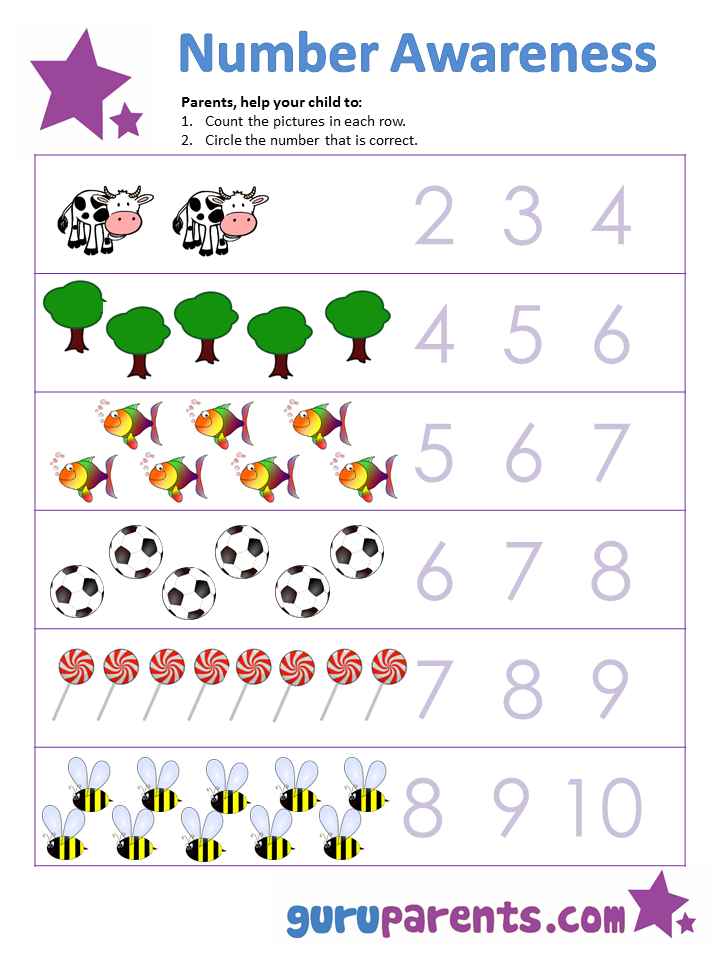 The second version of the task - the mother herself puts aside a certain amount of sweets and asks the child to count them, and then say how many sweets are in the pile.
The second version of the task - the mother herself puts aside a certain amount of sweets and asks the child to count them, and then say how many sweets are in the pile. - Find a number. An adult asks a preschooler to show him all the units that are presented on a pre-prepared poster. This will help the baby remember what the number looks like.
- Find a couple. The parent prepares two series of pictures: one shows large numbers, the other shows illustrations for fairy tales familiar to children. For example, two Ivans, three bears, seven Simeons, and so on. The child's task is to match the picture and the number.
- Count your fingers (after getting to know the five).
- Story-thematic game "Houses". The parent draws a certain number of houses on a sheet of paper in advance and asks the child to bring as many toys so that all of them can be “populated” and not a single empty house is left.
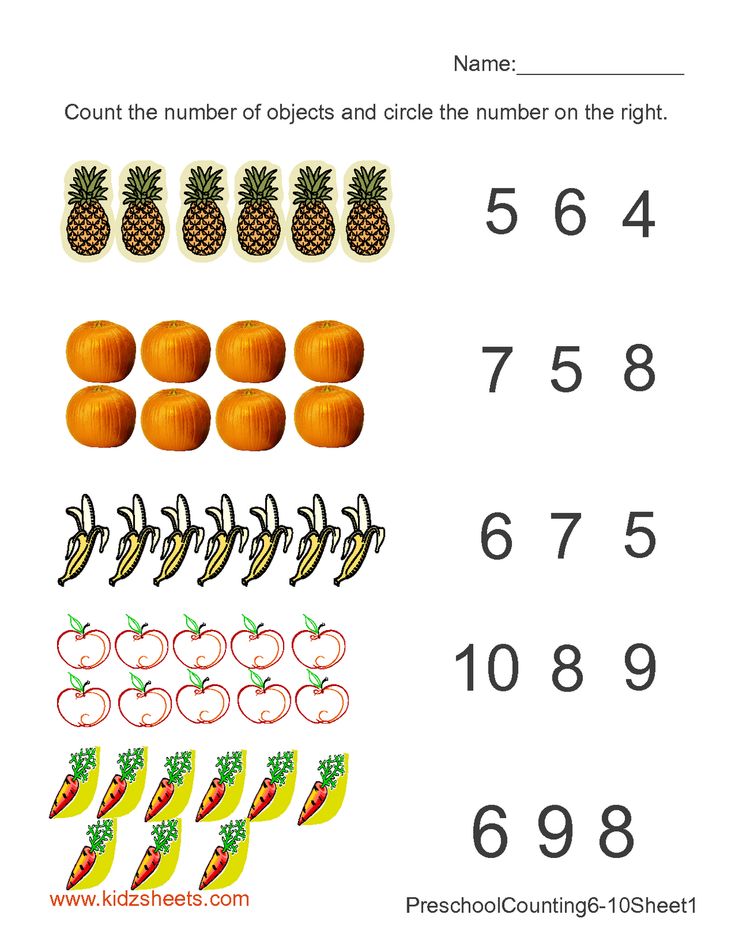
- Mushroom game. The parent places “mushrooms” (pictures, cubes) in the room in advance, the child takes a basket with him and goes out to collect, having found the first one, he says “one”, the second - “two”, and so on.
There are a lot of games, so every day you should offer your child something new. You can also study at the computer, asking the baby to count the number of objects on the screen.
Using different forms of work
To make it easier for the baby to memorize the numbers, it is important to visualize each of them. There are several ways to do this.
- Print large pictures that depict the material being studied, and it is desirable that each number looks interesting, unusual (for example, a deuce in the form of a snake). Invite the child to color the picture with bright pencils, felt-tip pens, paints.
- Another similar task is a coloring book, which shows the indicated number (for example, five kittens) and there is a five next to it.
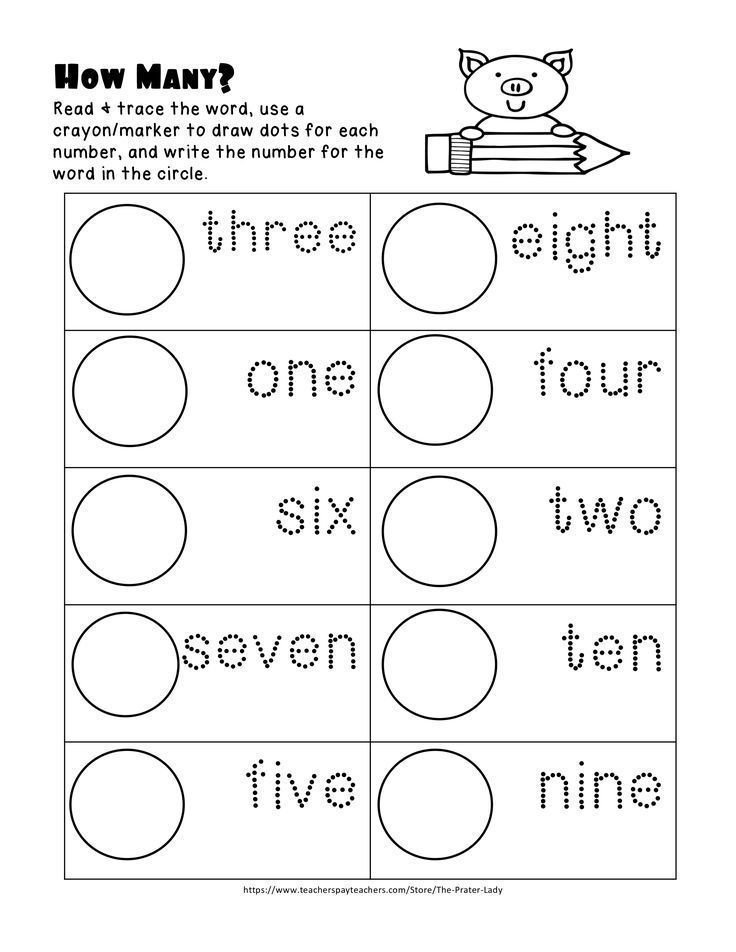 The child paints the picture itself and the number, gradually memorizing. Over time, the task can be complicated: there is only a certain number of objects in the picture (4 apples), the kid paints them and prepares for the parent how many of them, what number to enter.
The child paints the picture itself and the number, gradually memorizing. Over time, the task can be complicated: there is only a certain number of objects in the picture (4 apples), the kid paints them and prepares for the parent how many of them, what number to enter. - The child will be happy to complete this task: he will look for familiar numbers everywhere - on the street in the numbers of houses, buses, cars, on billboards. Impatient parents will be annoyed by this desire, and wise mothers and fathers themselves will offer the baby a fun task - who will find more twos or ones during the walk. And, of course, an adult must definitely lose.
In order for a child to quickly comprehend the basics of counting, one should constantly say counting rhymes with numbers, for example: “One-two-three-four-five, we are going for a walk with you.” Such a simple text can be spoken before each walk, after a few times the child will be able to repeat it himself. Board games will also be useful: by throwing a die and counting the required number of steps on the playing field, the child will quickly learn to count.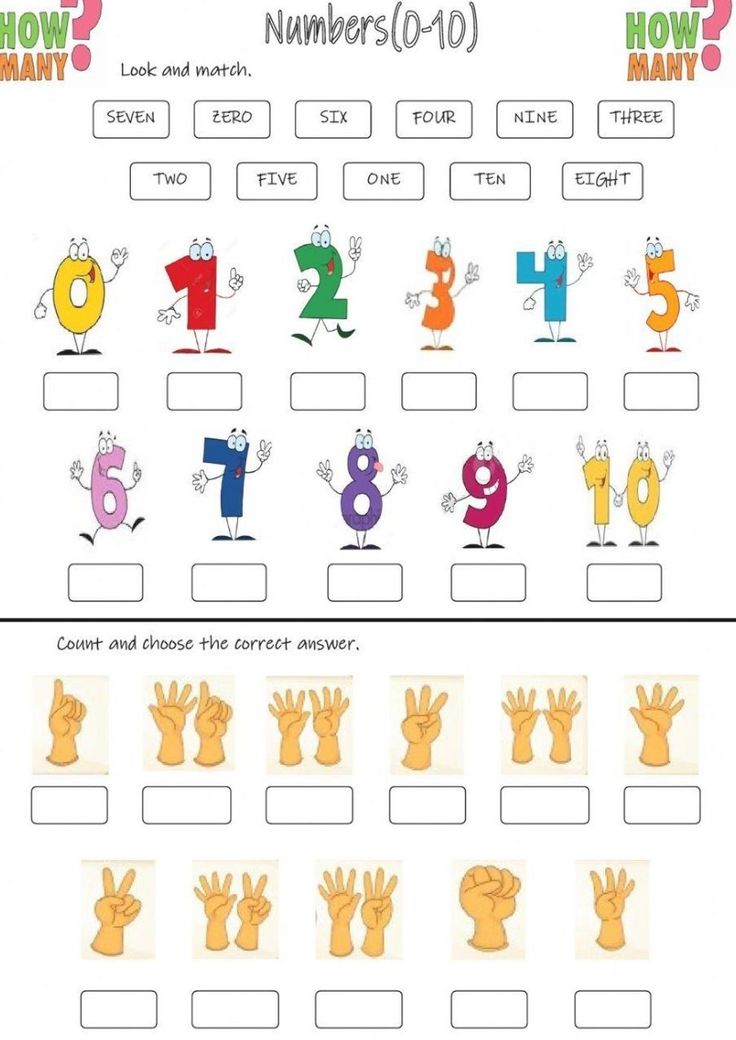
Learning numbers with children at the age of 3-4 is a very real task, but you will have to show your imagination by offering the crumbs all new options for exercises. Patience is also extremely important, because it will not be possible to carry out the plan the first time - perhaps some number will have to be given several lessons. And this is normal, because each baby has its own level of development.
Olga Shumskaya
Chief editor of the Razvivashka Online project on early childhood development
About the expert
Olga is an active mother who is passionate about child development. Author of a course on developmental care and educational games, cards, author and editor of articles on early development and features of child neuropsychology.
Share this post on social networks!
What kind of math games do your kids like? Please share until what date your children count and indicate the age.




